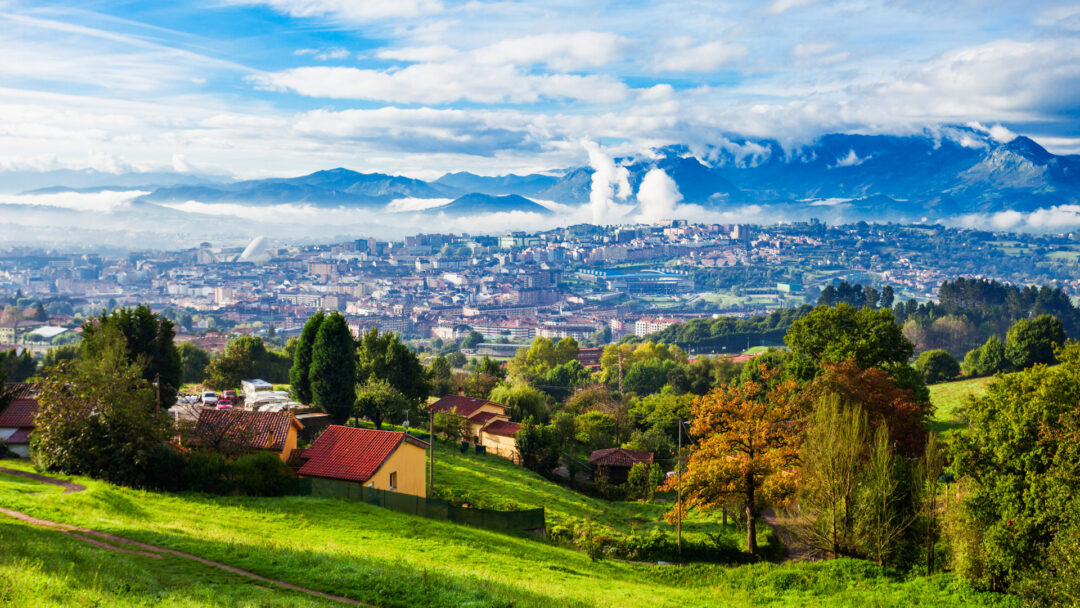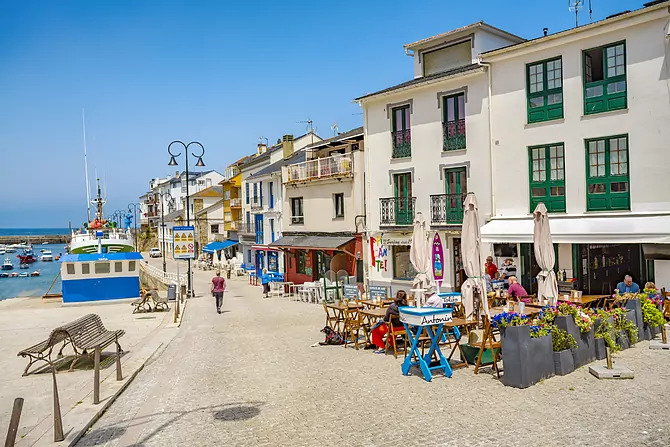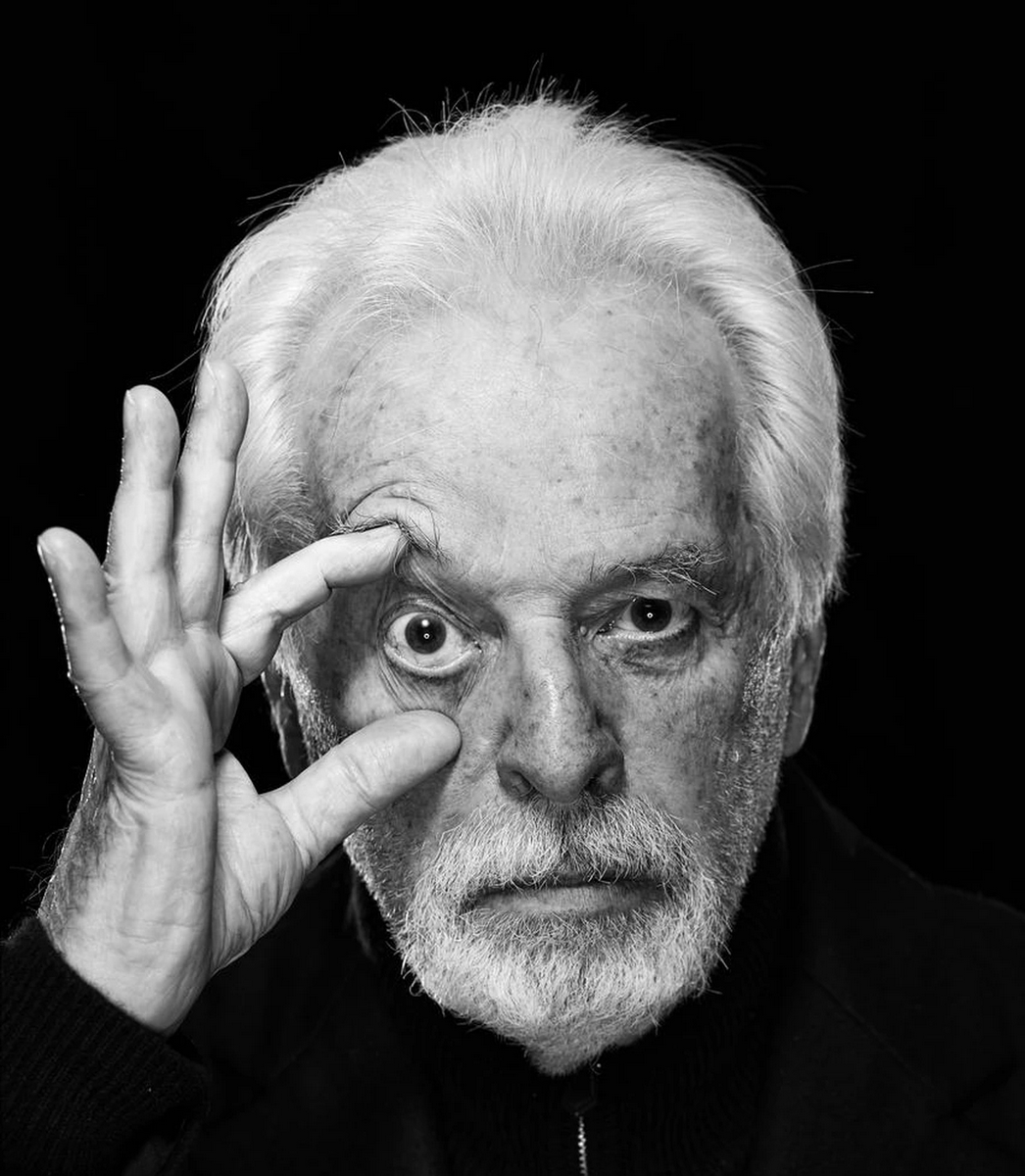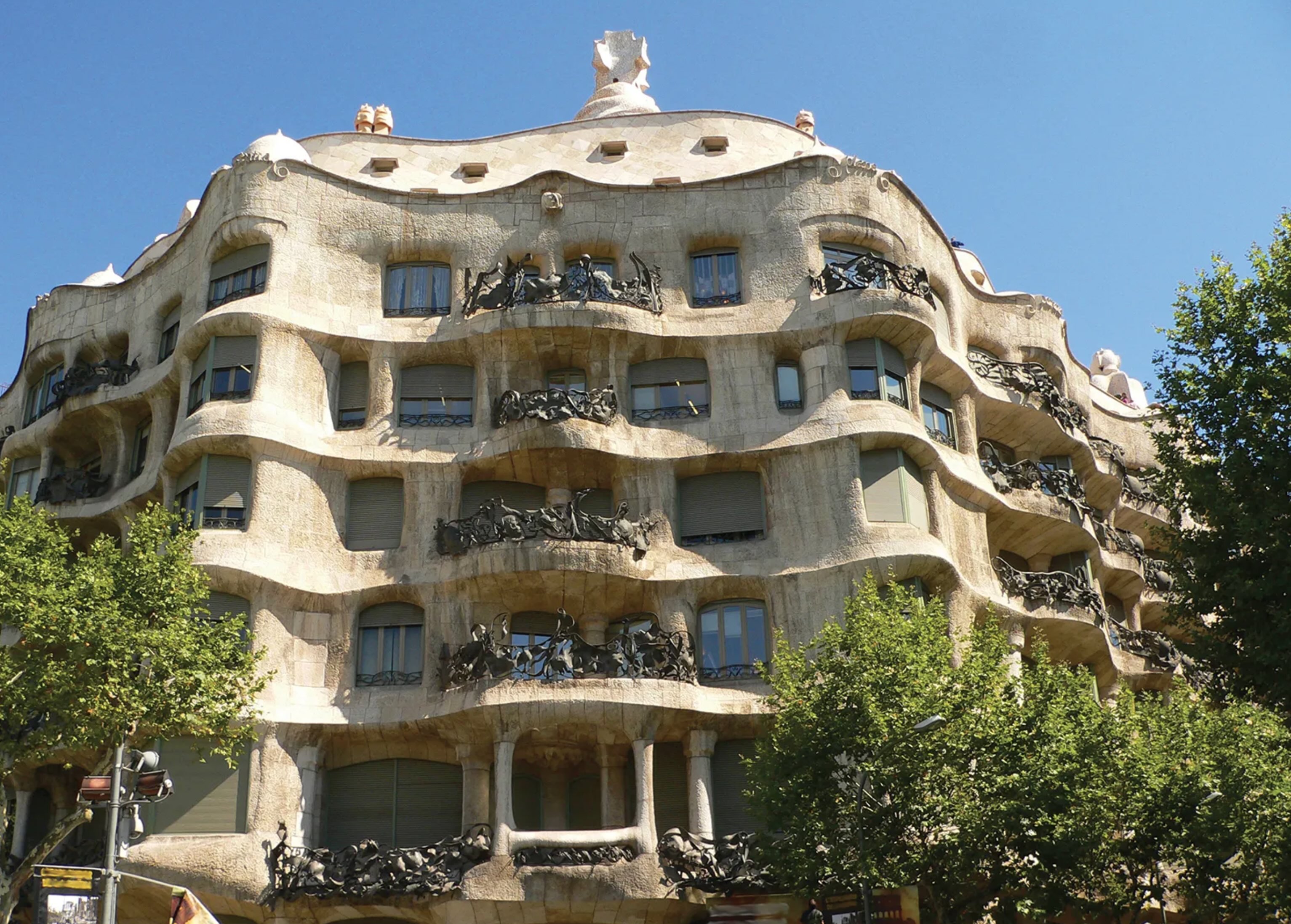Blog

San Sebastian: The New Capital of Gastronomy in Spain
Spain is known worldwide for its rich culinary heritage, and now, San Sebastian is taking center stage as the country’s new gastronomic capital. With its renowned Michelin-starred restaurants, vibrant pintxos culture, and deep-rooted culinary traditions, this coastal city in the Basque Country is a true paradise for food lovers.
San Sebastian, also known as Donostia, has long been a top destination for gourmets. Boasting more Michelin stars per capita than almost any other city in the world, it has earned international recognition for its innovative yet traditional approach to Basque cuisine. Iconic establishments such as Arzak, Akelarre, and Martín Berasategui continue to push the boundaries of fine dining, while local bars serve up irresistible pintxos—small, flavorful bites that define the region’s social and culinary culture.
Beyond its restaurants, San Sebastian’s food scene thrives in its markets, where fresh seafood, locally sourced meats, and seasonal produce take center stage. La Bretxa Market, a historic food hub, offers a glimpse into the ingredients that make Basque cuisine so exceptional. The city's commitment to sustainability and farm-to-table practices ensures that every dish tells a story of tradition and innovation.
Visitors can immerse themselves in the culinary world by taking part in cooking classes, exploring cider houses, or attending gastronomic festivals such as the annual San Sebastian Gastronomika, which attracts top chefs and food enthusiasts from around the world.
Whether indulging in a multi-course tasting menu or enjoying simple yet exquisite seafood by the bay, San Sebastian continues to solidify its status as Spain’s ultimate food capital. For travelers seeking an unforgettable culinary adventure, this Basque city is a must-visit destination.

Asturias Spain’s Best-Kept Culinary Secret
While Spain is famous for its culinary diversity, Asturias remains a hidden gem for food lovers seeking authentic flavors and traditions. Nestled between the Cantabrian Sea and lush green mountains, this northern region offers a gastronomic experience defined by fresh seafood, hearty stews, and its world-famous cider.
Asturias is best known for its legendary fabada asturiana, a rich bean stew made with chorizo, morcilla, and saffron, which embodies the warmth and heartiness of the region’s cuisine. Equally iconic is cachopo, a dish of breaded veal filled with ham and cheese, often compared to an oversized schnitzel. These dishes are best enjoyed in a traditional sidrería, where locals pour natural cider from high above their heads to aerate the drink and enhance its flavor.
The region’s proximity to the sea also makes it a haven for seafood lovers. From the exquisite mariscadas (seafood platters) to grilled pixín (monkfish) and flavorful oricios (sea urchins), Asturias' coastal towns offer some of the freshest catches in Spain.
Beyond its rustic dishes, Asturias is home to some of Spain’s finest cheeses, with Cabrales standing out as one of the most intense and celebrated blue cheeses in the world. Visitors can explore local cheese caves and farms, experiencing firsthand the craft behind these dairy delicacies.
For travelers in search of an unspoiled culinary adventure, Asturias delivers authenticity, tradition, and unforgettable flavors. Whether savoring a bowl of fabada by a roaring fire or enjoying fresh seafood with a glass of crisp cider by the sea, this region is a paradise for those who appreciate true Spanish gastronomy.

Alejandro Jodorowsky: Mystic Showman and Cinematic Exile
For nearly forty years, Alejandro Jodorowsky has existed on the fringe—revered by cult fans, ignored by the mainstream. His films, like Fando y Lis and El Topo, weren’t just movies; they were surreal, subconscious rebellions that often provoked intense reactions. When El Topo turned midnight screenings into spiritual rituals, Jodorowsky briefly brushed fame—before being exiled by a dispute with music mogul Allen Klein. His work was buried under poor VHS transfers and censorship, but his legend only grew underground.
In 2007, El Topo and The Holy Mountain were restored and re-released, not as a comeback, but a reckoning. Still, mainstream critics largely ignored it, while die-hard fans dissected every frame like scripture. Scholars like David Church urged academia to recognize Jodorowsky’s significance, citing his precision and surrealist roots. Yet even the first major academic study, Anarchy and Alchemy, while thorough, missed the wild spark of his work.
Jodorowsky’s films aren’t just stories—they’re cinematic rituals that defy traditional analysis. To truly understand him is to accept that his art operates not just on meaning, but on mysticism.

Antoni Gaudí: The Visionary Who Let Nature Shape His Dreams
Few architects in history have left behind a legacy as magical and unmistakable as Antoni Gaudí, the Catalan genius who redefined modern architecture. Born in 1852 in either Reus or the nearby village of Riudoms, Gaudí grew up surrounded by copper and fire — quite literally. His family were coppersmiths, and from an early age, he learned to see form, space, and volume with a craftsman’s precision and an artist’s imagination.
Suffering from fragile health as a child, Gaudí spent long, quiet days at the family’s country home, where he became an observer of nature — his lifelong muse. He often said that “originality consists in returning to the origin,” a belief that guided his work. Nature, for him, was not just inspiration but instruction — a perfect system of beauty and functionality that architecture should mirror.
In 1870, Gaudí moved to Barcelona to study architecture. Though not a model student, he was clearly extraordinary. When he graduated, his professor famously said, “I don’t know if we’ve given the title to a madman or a genius — time will tell.” It did.
After opening his own studio, Gaudí began to shape the face of Barcelona. His encounter with Eusebi Güell, a wealthy industrialist with a passion for the arts, became a turning point. Güell’s patronage allowed Gaudí’s imagination to soar, resulting in some of his most iconic works: Park Güell, Casa Batlló, Casa Milà, and the Crypt of Colònia Güell — creations that blended structure and fantasy in ways the world had never seen. the face of Barcelona. His encounter with Eusebi Güell, a wealthy industrialist with a passion for the arts, became a turning point. Güell’s patronage allowed Gaudí’s imagination to soar, resulting in some of his most iconic works: Park Güell, Casa Batlló, Casa Milà, and the Crypt of Colònia Güell — creations that blended structure and fantasy in
ways the world had never seen.
As years passed, Gaudí withdrew from social life and devoted himself entirely to his spiritual masterpiece — the Sagrada Família. He lived humbly, pouring all his energy into a project he knew he wouldn’t live to see completed.
Tragically, Gaudí died in 1926 after being struck by a tram. Mistaken for a beggar, he was only later recognized at the hospital. Today, millions visit his unfinished basilica — a monument not just to faith or architecture, but to a man who dared to turn dreams into stone.